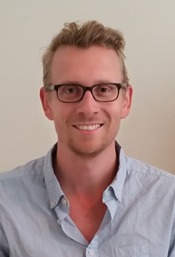Program Information
Development of a Model to Include the Evolution of Resistant Tumor Subpopulations Into the Treatment Optimization Process for Schedules Involving Targeted Agents in Chemoradiation Therapy
C Grassberger*, H Paganetti , Massachusetts General Hospital, Boston, MA
Presentations
WE-H-BRA-3 (Wednesday, August 3, 2016) 4:30 PM - 6:00 PM Room: Ballroom A
Purpose:
To develop a model that includes the process of resistance development into the treatment optimization process for schedules that include targeted therapies. Further, to validate the approach using clinical data and to apply the model to assess the optimal induction period with targeted agents before curative treatment with chemo-radiation in stage III lung cancer.
Methods:
Growth of the tumor and its subpopulations is modeled by Gompertzian growth dynamics, resistance induction as a stochastic process. Chemotherapy induced cell kill is modeled by log-cell kill dynamics, targeted agents similarly but restricted to the sensitive population. Radiation induced cell kill is assumed to follow the linear-quadratic model. The validation patient data consist of a cohort of lung cancer patients treated with tyrosine kinase inhibitors that had longitudinal imaging data available.
Results:
The resistance induction model was successfully validated using clinical trial data from 49 patients treated with targeted agents. The observed recurrence kinetics, with tumors progressing from 1.4-63 months, result in tumor growth equaling a median volume doubling time of 92 days [34-248] and a median fraction of pre-existing resistance of 0.035 [0-0.22], in agreement with previous clinical studies.
The model revealed widely varying optimal time points for the use of curative therapy, reaching from ~1m to >6m depending on the patient’s growth rate and amount of pre-existing resistance. This demonstrates the importance of patient-specific treatment schedules when targeted agents are incorporated into the treatment.
Conclusion:
We developed a model including evolutionary dynamics of resistant sub-populations with traditional chemotherapy and radiation cell kill models. Fitting to clinical data yielded patient specific growth rates and resistant fraction in agreement with previous studies. Further application of the model demonstrated how proper timing of chemo-radiation could minimize the probability of resistance, increasing tumor control significantly.
Contact Email:

